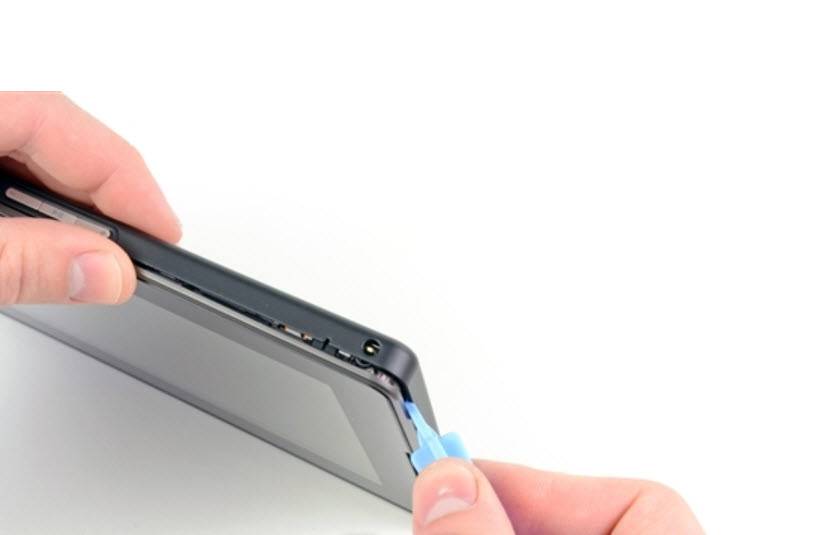maybe you have some products at hand, they consist of some plastic parts, I think you might be interested in how to assembly and disassembly, when we put them together, it snaps into a groove or a slot in the mating part, and maybe you have seen it on those plastic parts, it is so called snap latches, snaps allow an easy method of assembly and disassembly of plastic parts, generally they are directly designed onto the plastic parts, of course, no doubt, in most cases, they will Increase the cost of the mold, the common snap design consist of a cantilever beam with a bump, as a general rule, Snaps should have an uniform cross-section or a tapered cross section. The tapered cross-section results in a smaller strain compared to the uniform cross-section. Next time we will discuss more details about snap latches.


snap lock must be designed to work within the strength limits of the plastic.
A snap lock can be designed for single one-time use.
A snap lock can be designed for repeated use.
A repeatedly used snap lock should be designed to limit the deflection within working stress levels.
Ideally, a snap lock should only interlock two parts by constraining them in a single axis.
A snap lock can be designed for on/off bidirectional applications.
A snap lock ideally should be engaged with little to no residual stress.
A snap lock can be designed to apply a constant residual force.
A snap lock should be designed to account for tool design.
A snap lock should be designed to compensate for tolerances.
A snap lock should be designed to withstand opposing separation forces.
yes! your experience is very useful
Hi there, I do believe your web site could possibly be having
web browser compatibility issues. Whenever I look at your
site in Safari, it looks fine but when opening in IE,
it’s got some overlapping issues. I merely wanted to
give you a quick heads up! Besides that, fantastic site!